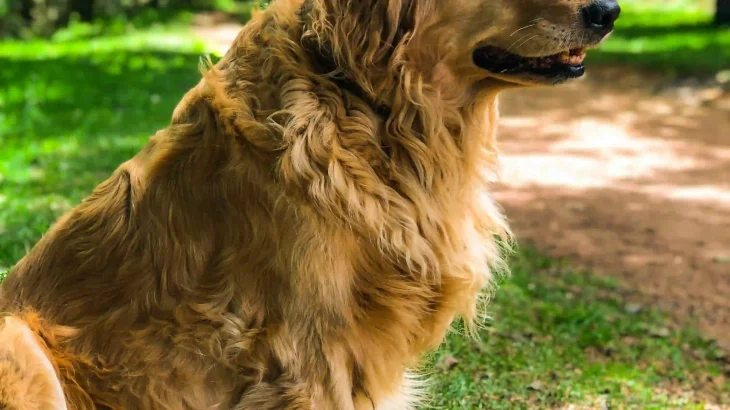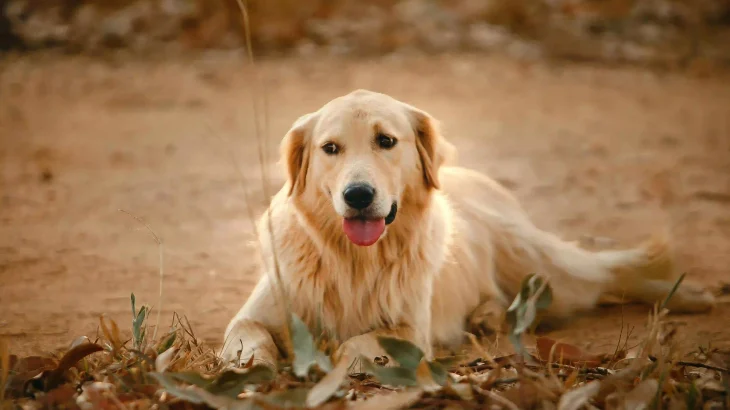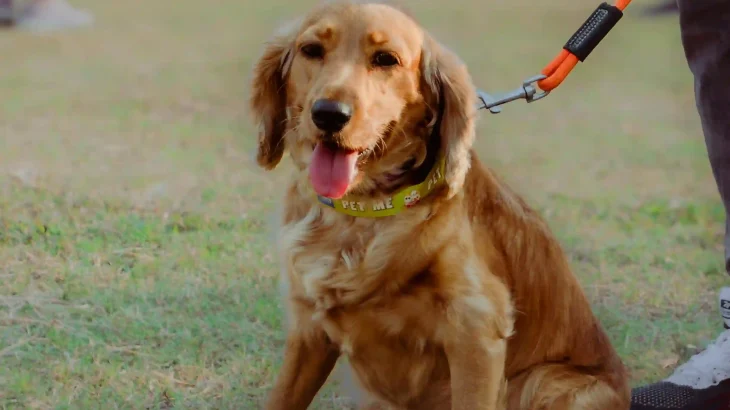Deciding whether to adopt or purchase a Golden Retriever puppy involves weighing ethical considerations alongside practical factors like health history and breed purity. Adopting from a breed-specific rescue supports giving a loving home to dogs in need, often older or with varied backgrounds. Purchasing from a reputable breeder can offer more predictability in lineage and health, catering to those seeking specific breed traits and pedigrees.
Adoption vs. Breeder: Pros & Cons
| Criteria | Buying from Breeder | Adopting from Shelter/Rescue |
|---|---|---|
| Cost | Generally higher, often $1,000 to $3,000 depending on breeder. | Lower fees, usually $100-$500, sometimes includes medical care. |
| Health History | Comprehensive health screenings and genetic history provided. | May have limited or unknown health background; some rescues give records. |
| Age Availability | Primarily young puppies, ideal for raising early. | Mostly adult dogs; puppies less common in breed rescues. |
| Temperament Insight | Breeders can share lineage temperament and early socialization info. | Temperament observed firsthand but background may be unknown. |
| Supporting Practices | Supports responsible breeding focused on health and standards. | Helps reduce shelter overpopulation and rescues dogs from poor conditions. |
| Ethical Considerations | Choosing reputable breeders avoids puppy mills but requires careful vetting. | Adoption rescues dogs and gives them a second chance at a happy home. |













































